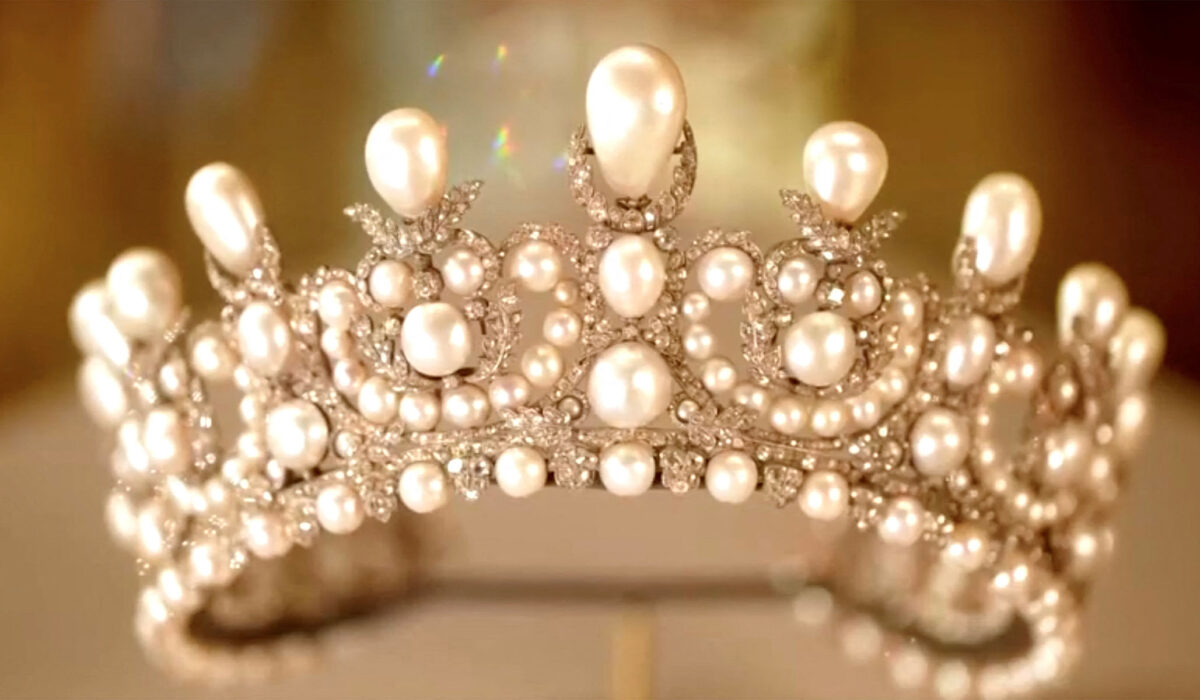TEFAF Update and the Rare Tudor Gold Bauble Unearthed by a Metal Detector
The TEFAF art fair continues to shape the market conversation with a mix of museum-quality loans and private-dealer energy. This edition has drawn attention for the caliber of objects on view and the quiet confidence of buyers moving between booths. Galleries are leaning on depth of scholarship as much as the works themselves.
Collectors showed particular interest in quality across periods rather than chasing fads, and that steadiness has been notable on the floor. Conversations here suggest a market that rewards rarity and clear provenance over trend-driven pieces. Curators and advisors are using fairs like TEFAF to test interest before consigning items to sales or exhibitions.
Hands-on viewing remains central to the fair experience, with condition reports and conservation notes becoming part of the buying rhythm. Specialists are making themselves available to explain restoration histories and technical analyses. Those moments of direct expertise help bridge the gap between academic value and collector demand.
A handful of standout objects sparked cross-booth chatter, not because of flashy price tags but due to exceptional stories and research that accompanied them. Exhibitors are increasingly packaging narrative and documentation with artworks to make them resonant for both museums and private owners. That storytelling often converts curiosity into commitment.
Institutional loans continue to play a role in lending credibility and context to objects at the fair. Museums bringing works reinforce the educational side of collecting and often spark new scholarship. These loans help position TEFAF as more than a marketplace; it functions as a living catalog of connoisseurship.
Meanwhile, outside the fair circuit a very different kind of discovery has drawn interest: a rare Tudor gold bauble found by a metal detectorist. The find was reported responsibly, and that proper reporting opens up avenues for study and public benefit. Small finds like this can rewrite local histories because they often come with tangible everyday context.
Descriptions of the bauble emphasize its craftsmanship and the hints it offers about personal adornment in the Tudor era. Objects meant for clothing or decoration tell us as much about social rituals as surviving documents do. Conservation teams will likely study alloy, wear patterns, and any traces of attachments to determine original use.
Metal-detected finds are especially valuable when they are documented through proper channels and paired with expert analysis. Responsible finds enter museum systems or qualified local collections where they can be conserved and researched. That chain from discovery to care is essential if the object is to inform broader historical narratives.
The contrast between high-profile fairs and humble discoveries underlines how material culture reaches us through many routes. Big fairs aggregate masterpieces, while single finds fill gaps in the everyday record. Both are crucial to building a fuller picture of the past.
Collectors, curators, and amateur finders each play a role in preserving heritage, and the best outcomes come when those actors communicate and follow established reporting practices. Transparency around ownership, condition, and context benefits scholarship and public access alike. The TEFAF ecosystem and careful local reporting together keep artifacts living and legible.
Whether a gallery wall or a field just off the beaten path, objects continue to spark curiosity and debate. The art world’s energy at TEFAF and the quiet significance of a small Tudor bauble both remind us that discovery can be loud or subtle. Each find invites new questions and fresh attention to material history.

